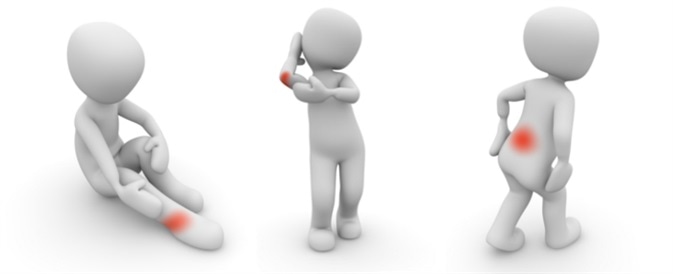The Early Symptoms and Signs of a Pressure Ulcer

Pressure ulcers, also referred to as pressure sores or bedsores, are injuries or damage to the skin and/or underlying tissue that are localized to a particular area. The areas most at risk of developing pressure ulcers are over bony prominences such as at the heels and the sacrum. They are a result, as the name suggests, of pressure as well as other extrinsic factors, including friction and shear. Additionally, there are a number of intrinsic factors which can also increase the risk of pressure ulcers.
It is one thing to know what a pressure ulcer is and how it can develop, but are you able to spot the early signs of a pressure ulcer?
Early Signs of a Pressure Ulcer
This is not as simple as it may seem, as there are numerous factors to be aware of:
- Discoloration of an area of the skin – this is usually seen as a red patch on people with pale skin or a purple/blue patch on people with darker skin1.
- Discolored areas that don’t go white when pressed1.
- An area of skin that can feel spongy, hard or warm1.
- Painful or itchy skin in the affected area1.
- Blisters or damage to the skin2.
It can take as little as two hours for a pressure ulcer to develop in some instances. Regular checks of those at risk are therefore crucial to detect pressure ulcers at an early stage, before they become a significant problem. Identifying a pressure ulcer early can save not only time and money, but most importantly, save the cared for from experiencing an even more painful wound.
References and Further Reading
- NHS (2017), Overview Pressure Ulcers [Online] https://www.nhs.uk/conditions/pressure-sores/
- NHS Improvement (2018), Stop the Pressure






















.png)









No hay comentarios:
Publicar un comentario